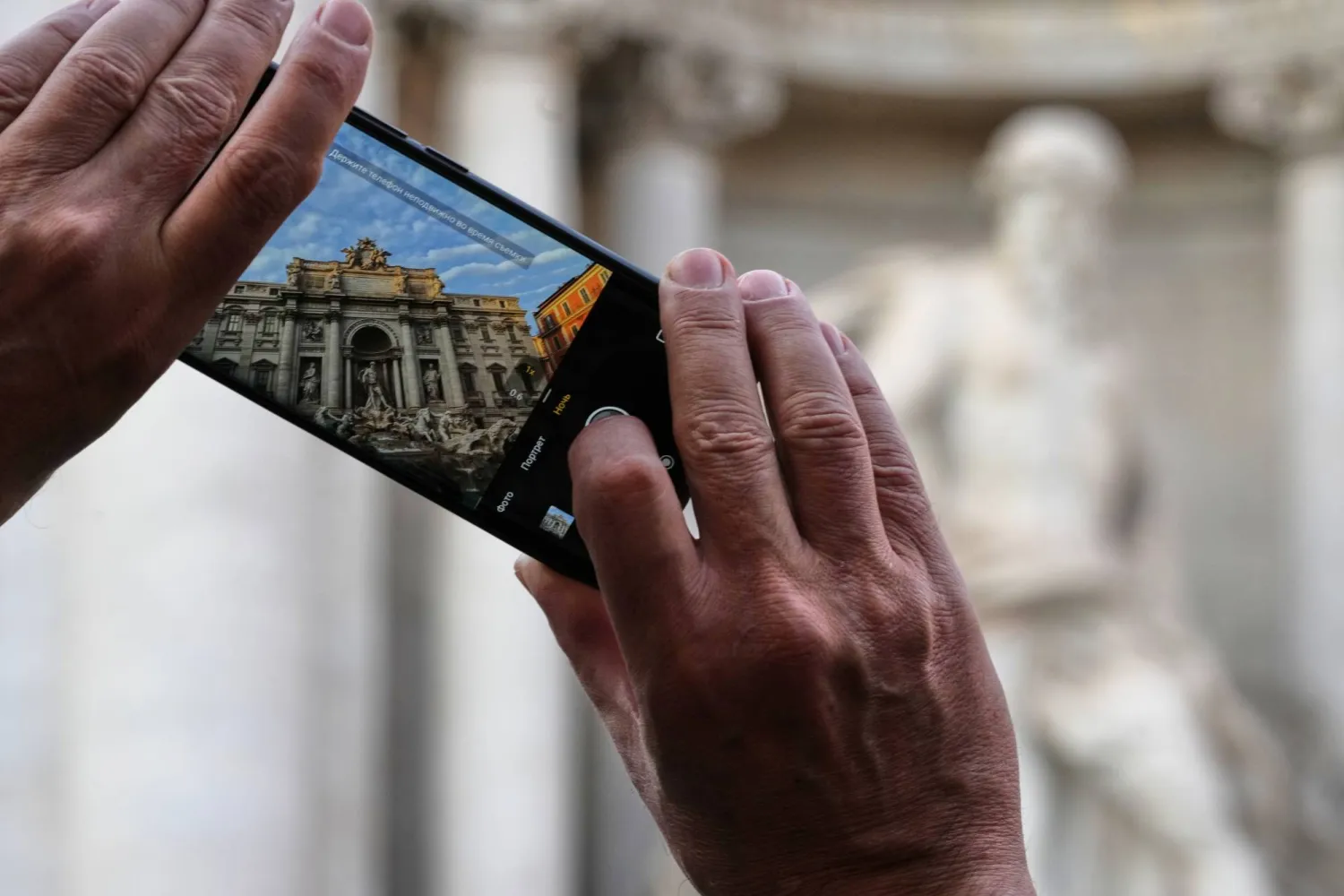Italy handed back to Canada on Thursday a famous photographic portrait of Winston Churchill that was stolen from an Ottawa hotel more than two years ago and sold at auction to an unsuspecting Italian lawyer.
The so-called "Roaring Lion" photograph was shot by Yousuf Karsh in 1941 just after Britain's World War Two leader had given a speech to the Canadian parliament.
With his hand on his hip, Churchill is seen scowling severely at the lens -- an expression that Karsh put down to the fact that he had just plucked a cigar from the prime minister's hand before releasing the shutter.
The picture hanged for years in the Fairmont Chateau Laurier hotel, where the Armenian-Canadian photographer used to have a studio, but staff realized in August 2022 that their original image had been replaced with a signed copy.
A subsequent investigation found that their version had gone missing during the 2021 Christmas holidays and had been sold by an auction house in London in May 2022 to lawyer Nicola Cassinelli, who agreed to return it when he found out the truth.
"I think that if Mr. Karsh donated it to the hotel, it means that he really wanted it to stay there," Cassinelli said during a ceremony in the Canadian embassy to return the work.
He said he had paid 5,200 pounds ($6,895) excluding commission at the auction and had received only a partial refund. "I didn't get all the money back, but I did get a very funny story to tell," said Cassinelli.
The hotel director said the photo was an iconic image and an integral part of its history. "Its value far exceeded its monetary worth," said Geneviève Dumas.
Canadian media said a man from Ontario had been arrested and charged over the theft.









